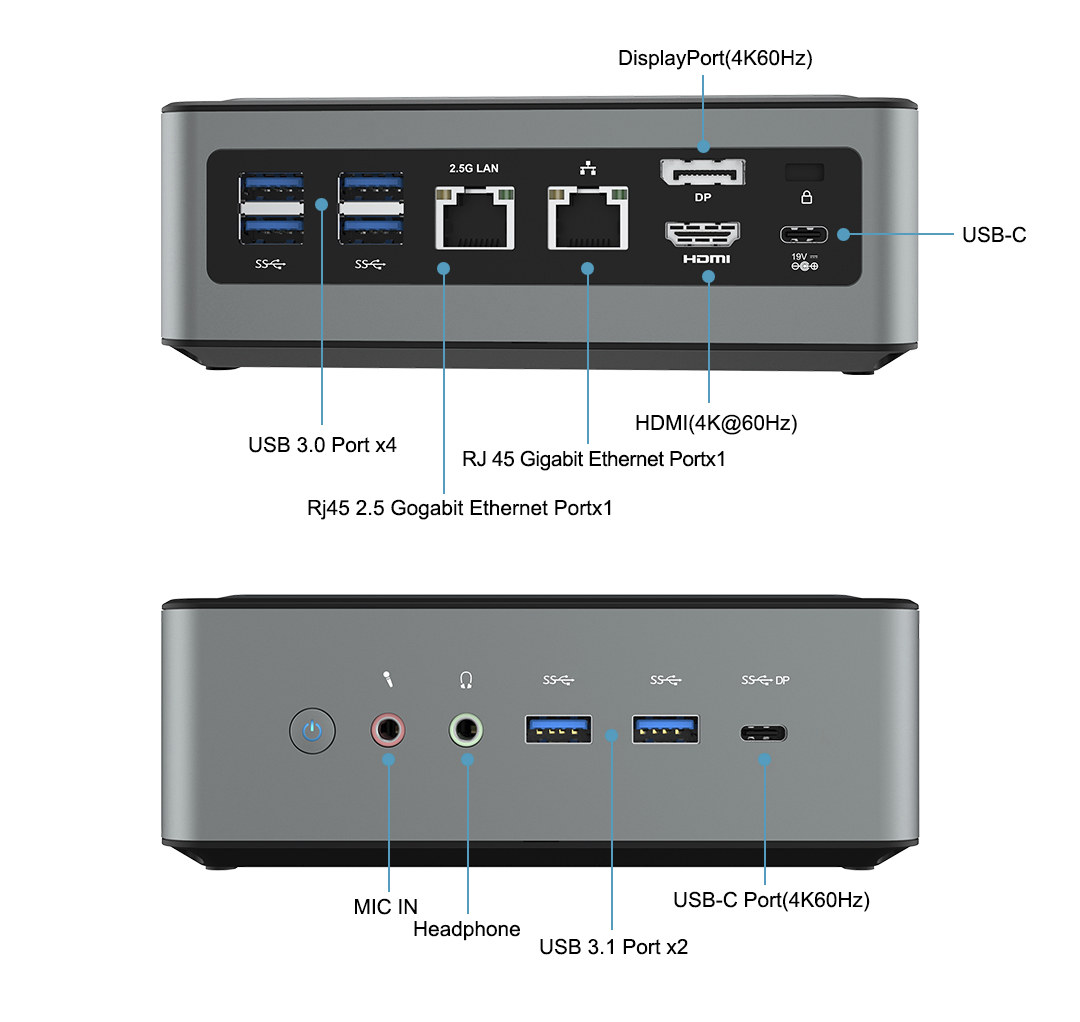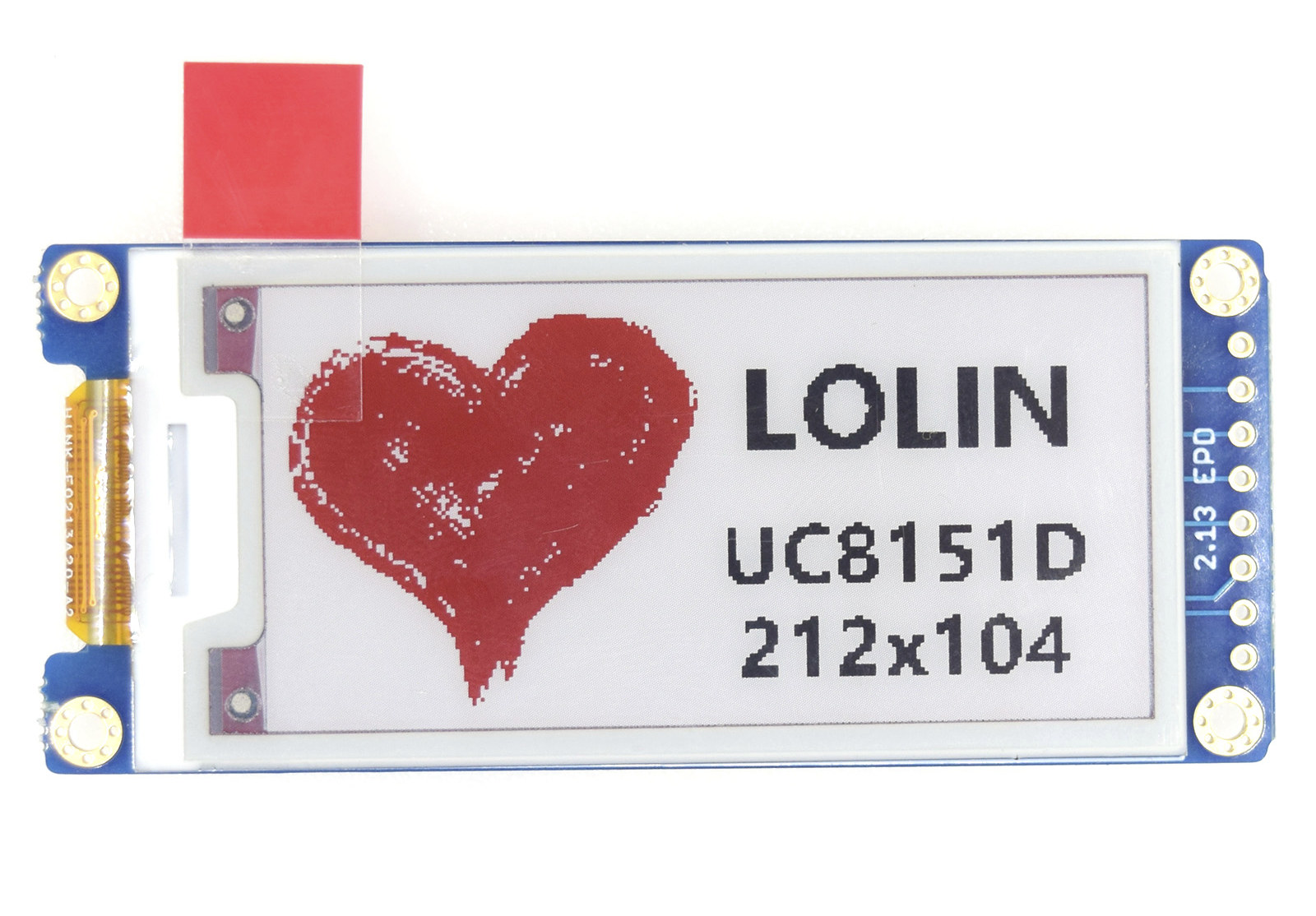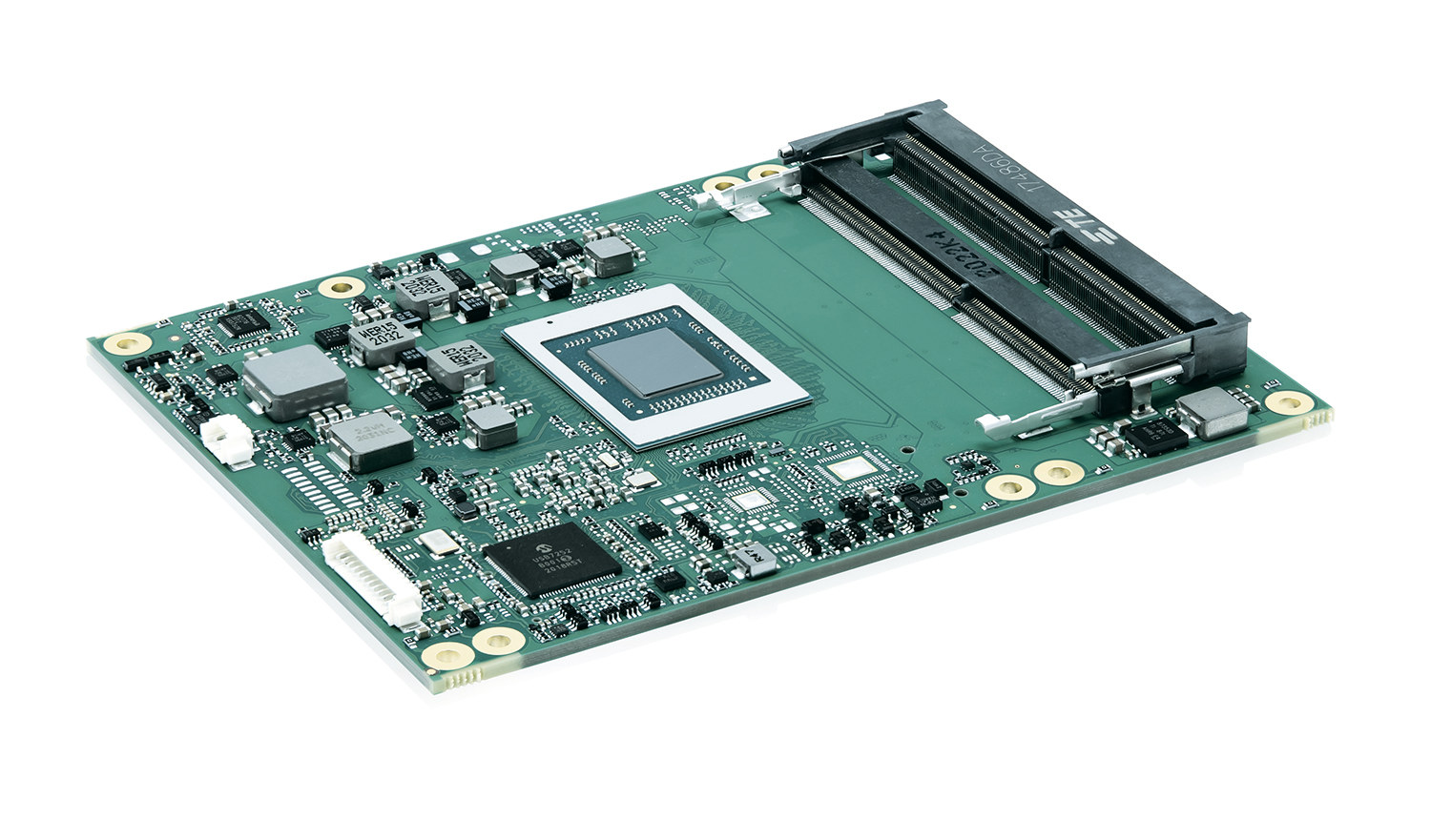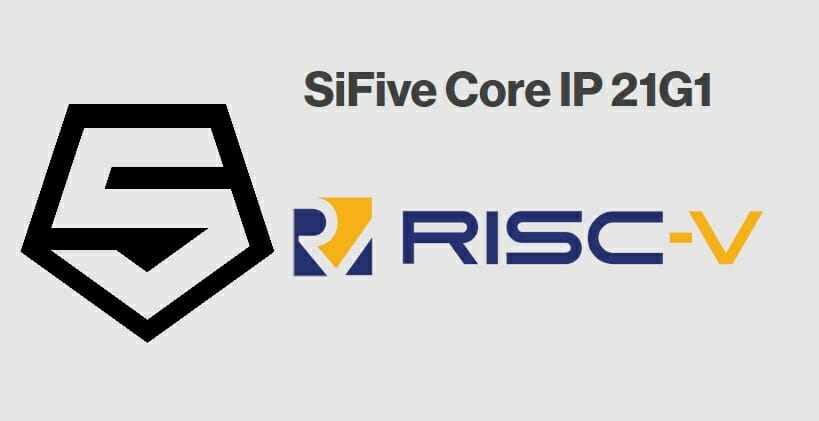AMD Ryzen 4000-U series 15W processors were announced in January 2020, and by the end of the year, we covered some mini PCs with Ryzen 3/5/7 processors from the new family with products such as ASRock Mars 4000U and ASROCK 4X4 BOX-4800U. MINISFORUM has now announced its own Ryzen 4000-U series mini PC with MINIXFORUM HM50 mini PC powered by an AMD Ryzen 5 4500U hexa-core processor that offers three 4K display output ports (HDMI, DP, and USB-C), as well a 2.5GbE and Gigabit Ethernet ports, six USB 3.0/3.1 ports and more. MINISFORUM DeskMini HM50 mini PC specifications: SoC – AMD Ryzen 5 4500U hexa-core/hexa-thread processor @ 2.3 GHz / 4.0 GHz (Turbo), with 6-core Radeon graphics @ 1.5 Hz, 11MB cache, 15W TDP (cTDP: 10-25W) System Memory – 2x DDR4 SODIMM sockets (fitted with 2x 8GB RAM modules, but upgradable up to 2x 32GB) Storage – 256GB or 512GB […]
Experiment with neurostimulation using NeuroStimDuino Arduino shield (Crowdfunding)
Neuralaxy’s NeuroStimDuino is an open-source Arduino shield that allows students, researchers, and hobbyists to study the effects of neurostimulation on muscle contraction easily and cheaply. What is Neurostimulation exactly? It works by applying short electrical pulses to the surface of the skin for the purpose of stimulating the underlying nerves and muscles. Neurostimulation has several uses including a treatment called Functional Electrical Stimulation (FES) therapy to help restore mobility in the paralyzed limb muscles of stroke victims and those who have suffered spinal cord injuries, and studies are being carried out to better understand how it can be leveraged for pain reduction and sensory feedback. NeuroStimDuino hardware specifications: MCU – Microchip dsPIC33F 16-bit microcontroller (40 MIPS) with 256 KB flash memory Two independent 2mm output jack per board with: Adjustable current output range – +/- 25 mA, resolution 250 µA/step Adjustable stimulation frequency range – 1 – 100 Hz, pulse-width […]
Tiny Tri-color E-Ink display for Wemos D1 Mini board sells for $10
Wemos D1 Mini is one of my favorites ESP8266 boards with a cheap price, tiny form factor, and support for stackable expansion boards. Lolin has now launched a small 2.13-inch tri-color E-Ink display that is compatible with D1 mini, D1 mini Pro, and D32 Pro boards, and sells for just $9.90 plus shipping. Specifications: 2.13-inchTri-Color (red/black/white) ePaper/e-Ink display with 212×104 resolution Driver IC – Good Display UC8151D Connection to D1 mini, D1 mini Pro, D32 Pro via 10-pin connector Debugging – 8-pin unpopulated header with EPD signals (SPI, Reset, Busy…) 3.3V, GND You may wonder why the PCB reads “2.13 INCH e-Paper 250×122”, while the resolution is 212×104. That’s because the company probably reused the PCB from their 2.13-inch black and white e-Paper display with 250×122 resolution (IL3897 driver). The display can be programmed with Arduino using LOLIN_EPD, Adafruit_GFX, and Adafruit_BusIO libraries as explained in the Wiki. You’ll find three […]
The OSFPGA Foundation aims to promote open-source FPGA tools and IP blocks
There are been some initiatives to work on open-source tools for FPGA. Major FPGA vendors have made limited efforts, with for example Xilinx recently releasing the source code for HLS FPGA tool’s front-end, but most of the work is done by the community with projects like Symbiflow dubbed the GCC of FPGAs, or Project IceStorm for Lattice Semi FPGAs. Industry veterans and academics have decided to launch the Open-Source FPGA (OSFPGA) Foundation that aims to bring together companies, universities, and individuals to advance open-source FPGA capabilities, establish cooperation channels, promote outreach and education, and coordinate joint efforts around an open-source FPGA ecosystem. The OSFPGA Foundation goals go beyond just providing open-source tools, as the vision statement also mentions “open-source FPGA & eFPGA fabrics”, the Github page also includes IP blocks with the FuseSoC package manager for IP cores, the Skywater Open-source FPGAs, and LiteDRAM lightweight, configurable DRAM core. Current board […]
Ryzen Embedded V2000 COM Express Module supports up to 1TB NVMe SSD, 64GB DDR4
We’ve already covered some COM Express modules based on AMD Ryzen Embedded V2000 processors with products like ADLINK cExpress-AR COM Express Type 6 Compact computer-on-module, but Kontron COMe-bV26 is the first we’ve seen that follow COM Express Basic Type 6 standard. The module supports up to 64GB DDR4 via two SO-DIMM connectors, up to 1TB NVMe onboard SSD, exposes 8x PCIe lanes, and with an 8-core/16-thread Ryzen Embedded V2000 processor is well-suited to IoT edge devices that must perform parallel processing tasks. Kontron COMe-bV26 specifications: AMD Embedded V2000 SoC AMD V2748 octa-core/16-thread processor @ 2.9 GHz / 4.15 GHz (Turbo) with 4MB L2 cache, 7CUs Radeon RX Vega 7 GPU @ 1.6 GHz; TDP: 35-54W AMD V2718 octa-core/16-thread processor @ 1.7 GHz / 4.15 GHz (Turbo) with 4MB L2 cache, 7CUs Radeon RX Vega 7 GPU @ 1.6 GHz; TDP: 10-25W AMD V2546 hexa-core/12-thread processor @ 3.0 GHz / 3.95 […]
SiFive Core IP 21G1 release improves bit manipulation, floating-point unit, reduces code footprint
As SiFive has a portfolio of RISC-V cores ranging from low-power E2-series to high-performance U8-series cores with performance similar to Cortex-A7x cores, the company has not released new cores for a while, and instead focuses on improving their current RISC-V cores. We saw that last year with the SiFive 20G1 release that improved performance & efficiency, and lowered the silicon area for the same features set. SiFive further improved its cores and ecosystem with the latest SiFive 21G1 release. The main new features brought by SiFive 21G1 release include: SiFive 2-Series and 7-Series processors are now available with the “Bit Manipulation” extension, RV32B, with Zba and Zbb extensions. This can accelerate Cryptographic Hash algorithms by up to 35% Support for FP16 half-precision floating-point computation in order to reduce memory size and power consumption, and for some AI workloads The memory map is now fully programmable SiFive RV64 processors support up […]
Armv9 architecture to focus on AI, security, and “specialized compute”
Armv8 was announced in October 2011 as the first 64-bit architecture from Arm. while keeping compatibility with 32-bit Armv7 code. Since then we’ve seen plenty of Armv8 cores from the energy-efficient Cortex-A35 to the powerful Cortex-X1 core, as long as some custom cores from Arm partners. But Arm has now announced the first new architecture in nearly ten years with Armv9 which builds upon Armv8 but adds blocks for artificial intelligence, security, and “specialized compute” which are basically hardware accelerators or instructions optimized for specific tasks. Armv9 still supports Aarch32 and Aarch64 instructions, NEON, Crypto Extensions, Trustzone, etc…, and is more an evolution of Armv8 rather than a completely new architecture. Some of the new features brought about by Armv9-A include: Scalable Vector Extension v2 (SVE2) is a superset of the Armv8-A SVE found in some Arm supercomputer core with the addition of fixed-point arithmetic support, vector length in multiples […]
Piunora has the guts of a Raspberry Pi 4 with Arduino form factor, M.2 PCIe socket (Crowdfunding)
The Raspberry Pi 4 is a pretty cool board, but if you wished it was just a bit smaller, and you could use the PCIe interface exposed by the Broadcom BCM2711 processor more easily, Timon has designed Piunora carrier board for the Raspberry Pi Compute Module 4. The solution provides a board with the guts of Raspberry Pi 4 SBC but using the Arduino form factor including access to the six ADC pins, and an M.2 socket with the PCIe signal from the Broadcom SoC. Piunora carrier board specifications: SoM compatibility – Raspberry Pi CM4 module with Broadcom BCM2711 quad-core Cortex-A72 processor @ 1.5 GHz, 1 to 8GB RAM, optional 4GB to 32GB eMMC flash, optional wireless module with 802.11b/g/n/ac WiFi 5 and Bluetooth 5.0 Storage – 1x MicroSD card socket (for the OS when using Raspberry Pi CM4Lite system-on-module) Video Output – 1x HDMI 2.0 port up to 4Kp60 […]










